Deep learning is based on scientific educational psychology theory and is an important concept in contemporary learning theory. Therefore, combining in-depth learning with teaching of political courses, to explore teaching strategies of college political courses based on students’ in-depth learning, requirements for implementing new curriculum standards for cultivating students’ core literacy of disciplines, and cultivating students who meet development requirements of times. High-quality talents are of great value and significance. Through questionnaires and sample interviews, this paper focuses on analyzing specific measures for improvement from four aspects: sufficient teaching preparation, effective teaching implementation, scientific teaching evaluation and normalized teaching reflection. It is highly effective and feasible to increase level of students’ deep learning ability to more than 14.65%.
The new era is mainly characterized by globalization, knowledge society, and information age. With rapid development of new technology revolution centered on Internet and big data, people’s lifestyles have undergone tremendous changes, which also affects teaching methods of school classrooms and students [1]. The way of learning brings new opportunities and challenges. In order to meet challenges brought by development of times to education and teaching, and cultivate high-quality talents with critical thinking, creativity and problem-solving ability, countries have carried out educational reforms around core literacy of 21st century [2, 3, 4].
Task of Lide and Tree People clearly put forward goal of developing students’ “core literacy”, and a new round of curriculum reform began. Teaching of political courses has changed from traditional teaching of indoctrination to diversified teaching methods such as autonomy, cooperation and inquiry [5, 6]. However, we also found that while classrooms are diverse and rich in content, students’ learning of political courses is only on “surface”, and they only stay at level of memory and understanding of knowledge and cannot form critical thinking and creativity on problems. problem-solving ability [7].
Facing this dilemma in classroom teaching, international research on deep learning provides an important way for my country’s education reform to cultivate students’ core literacy. Since 2014, Basic Course Textbook Development Center of Ministry of Education has carried out project of “Deep Learning, Teaching Improvement”, aiming to explore measures and methods to promote students’ in-depth learning, and make teaching activities truly become activities for cultivating people [8]. Excellent deep learning research results. In January 2018, Ministry of Education officially issued 2017 version of general university curriculum standards and curriculum plans, and curriculum reform oriented towards cultivating students’ core literacy was officially launched [9]. It has attracted widespread attention from academic community, developed rapidly and produced rich results. However, there is little research on application of deep learning in classroom teaching, and there is still a large research space [10]. It is necessary to implement new curriculum standards in teaching of college political courses to cultivate core literacy of discipline. It is required that, taking deep learning as basic way and improving teachers’ classroom teaching strategies as clues, it is of great theoretical and practical significance to explore improvement of teaching strategies of college political courses to promote students’ deep learning and improve teaching effectiveness [11].
The research on deep learning at home and abroad is mainly concentrated in field of computer and pedagogy [12], among which deep learning research in field of computer is most, mainly refers to multi-layer structure advanced intelligent system in artificial intelligence, which is applied to image and speech recognition, Alpha Go [13, 14]. The learning of transferring existing knowledge into new situations, making decisions and solving problems.” This definition has been recognized by domestic scholars for many years, and has been widely cited in other researches on deep learning [15]. Understanding cognition, higher-order thinking, overall connection, creative criticism, and expert construction”. Understanding characteristics of deep learning provides a new research paradigm [16]. Combined deep learning with political teaching for first time. According to current situation of students’ learning, teaching strategies to promote deep learning are proposed from aspects of creating a deep learning environment, problem-based teaching, experiential activities, and learning introspection [17]. The combination of deep learning and physics teaching puts forward specific and feasible teaching strategies from three aspects: teaching preparation, teaching implementation, and teaching evaluation [18]. Combining deep learning with biology teaching, put forward specific teaching strategies from thirteen aspects of implementing three-dimensional goals, implementing classroom teaching, and strengthening reflection and introspection, and tested them in teaching practice [19]. Combining deep learning with Chinese reading teaching, this paper discusses how to improve Chinese reading teaching in junior middle school based on depth from three aspects: goal orientation, meaning construction, and situation creation [20]. “This paper discusses in detail teaching strategies of college physics based on deep learning from three aspects: preparation stage of deep learning, stage of acquiring and deep processing knowledge, and stage of evaluation. The study of implementation of deep learning in classroom teaching has taken another important step forward.
Comprehensive research at home and abroad, we can find that with development of times, more and more scholars in field of education realize importance of deep learning in cultivating talents who meet development requirements of new era, and theoretical research on deep learning is more in-depth and comprehensive. Classroom teaching is an important way to promote students’ deep learning and promote students to transform from shallow learning to deep learning. Therefore, how to improve teaching strategies based on deep learning theory is also research direction of many scholars in recent years. In recent years, there has been little research on application of deep learning in specific classroom teaching, and even less research on teaching strategies based on deep learning in university political disciplines. Research on improvement of teaching strategies of political teachers in universities has a certain innovative perspective and application value.
This paper focuses on analyzing specific measures for improvement from four aspects: sufficient teaching preparation, effective teaching implementation, scientific teaching evaluation and normalized teaching reflection. It is highly effective and feasible to increase level of students’ deep learning ability to more than 14.65%.
In [16], authors proposed a 3C3R problem design model as shown in Figure 1, which provides a framework for implementation of PBL teaching model. An important manifestation of deep learning is to solve problems in complex situations. Therefore, in order to cultivate and promote students’ deep learning in classroom teaching, it is necessary to transform subject curriculum knowledge into problem-solving learning tasks. Through design of problem-based learning tasks , Guide students to study reasoning problems in context, solve problems in connection with teaching content, and self-reflect on their own shortcomings in process of problem solving, so that learners can deepen their understanding of teaching content in process of solving problems.
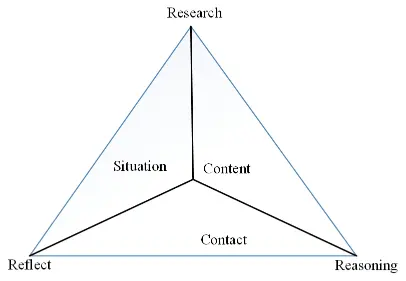
As shown in Figure 2, shallow learning builds a platform for deep learning, and subject knowledge accumulated by students The richer it is, easier it is to construct connection between disciplinary knowledge. Deep learning is based on process of context, internalization, reflection, and meaning construction, and can only be achieved through multiple thinking steps.

As shown in Figure 3, first of all, it is necessary to achieve a deep understanding of teaching content, and viewpoints and methods of teaching materials must be presented as a whole from requirements of learning themes and curriculum standards. Secondly, understanding of students must be based on students’ original knowledge base. , Let students start from relevant previous concepts, and gradually solve students’ confusion and myths. Finally, teaching design should adopt multiple teaching objectives as a whole, and design classroom teaching that conforms to deep learning from perspectives of problem context and in-depth inquiry.
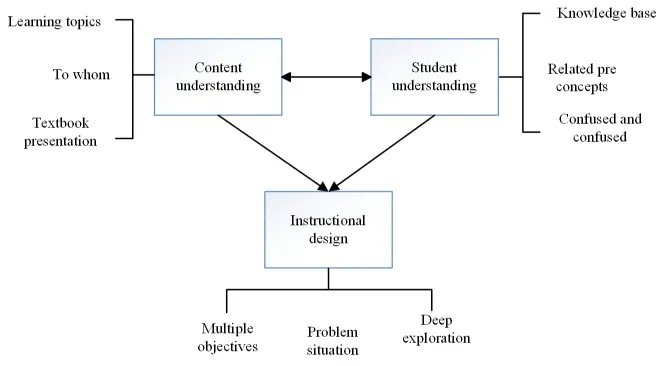
The teaching improvement of college political courses under view of deep learning does not exclude original teaching methods, but integrates teaching methods such as issue-leading and problem-based under design of large teaching units. The teaching improvement model of in-depth study of political courses is composed of selecting subject of unit study of political courses, determining learning objectives of unit learning of political courses, constructing teaching activities of unit study of political courses, and developing units of political courses. The learning evaluation of learning consists of four elements, as shown in Figure 4.
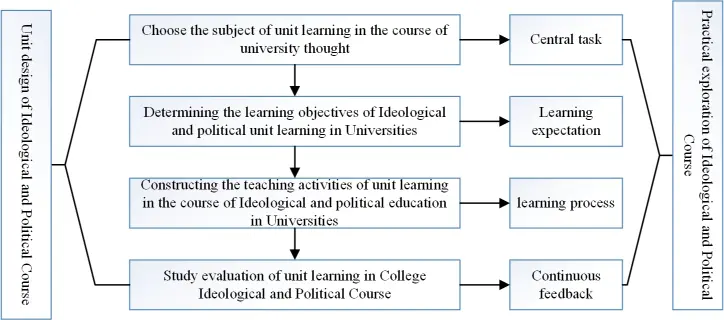
Typically, an optimization problem can be described as follows:
Class – collection of all individuals in feasible domain, that is, population;
Teacher – optimal individual in search space (that
is, minimum fitness value), represented by
Student– each individual
Academic achievement – individual fitness value.
In summary, class can be expressed as:
Assuming that in
Teachers teach based on average grades and their own gaps, which are
given by:
Among them,
During teaching stage, update methods of individual students are as
follows:
For each student, another student is randomly generated to learn from this student. The update method is as follows:
For student
If updated individual
Teaching optimization algorithm steps:
Algorithm 1TLBO
Input: population size
Output: optimal individual
Step 1: Set number of iterations
Step 2: Calculate fitness value of each individual
in initial population, and let one with best fitness value be teacher
individual
Step 3: Teaching stage: obtain gap and teaching factor according to formulas [5] and [6] respectively, update each individual according to formula [7], and replace original individual with survival of fittest;
Step 4: Learning phase: For each individual, randomly select another individual, update it according to formula [8], and retain or replace original individual by way of survival of fittest:
Step 5: Judge whether iterative termination
condition of algorithm is satisfied, if so, output best individual
In order to make teaching strategies of college political teachers to effectively promote transformation of students from shallow learning to deep learning, it is necessary to investigate learning situation of college students. Through investigation and interview analysis, situation and existing problems of college students’ knowledge learning ofpolitical subjects were found, which provided a reference for teaching strategies of college political subjects based on deep learning.
Table 1 statistical results of various elements of in-depth learning
| N | Minimum value | Maximum value | And | Mean value | Standard deviation | |
| Comprehension learning | 275 | 1 | 6 | 921 | 3.34 | 1.721 |
| Information Integration | 275 | 1 | 5 | 911 | 3.32 | 1.765 |
| Critical thinking | 275 | 7 | 18 | 3650 | 12.96 | 1.794 |
| Knowledge transfer and problem solving | 275 | 11 | 22 | 4516 | 16.44 | 1.911 |
| Effective communication | 275 | 4 | 9 | 1838 | 6.69 | 1.135 |
| Collaboration | 275 | 3 | 10 | 1849 | 6.71 | 1.115 |
| Learn to learn | 275 | 10 | 25 | 4536 | 16.48 | 1.946 |
| Learning mind | 275 | 1 | 6 | 916 | 3.32 | 1.722 |
| Introspection | 275 | 1 | 4 | 887 | 3.24 | 1.755 |
| Valid N (list state) | 275 |
From statistical results of each element of deep learning in Table 1, it can be seen that abilities of comprehension learning, information integration, critical thinking, knowledge transfer and problem solving in cognitive field of deep learning are shown in figure. Including one item, with an average of 3.35 points and 3.31 points, indicating that students’ comprehension learning ability and information integration ability are lacking, while critical thinking and knowledge transfer and problem solving respectively include 4 items and 5 items, with a full score of 20 The average value is 12.95 points and 16.43 points, maximum value is 18 points and 23 points, and minimum value is 7 points and 10 points. It can be seen that these two deep learning abilities of students are relatively weak, and teachers need to focus on improvement of these two abilities of students.
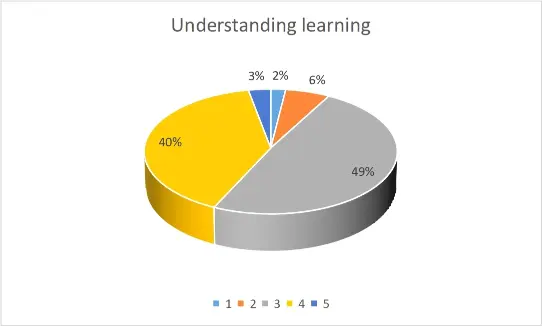
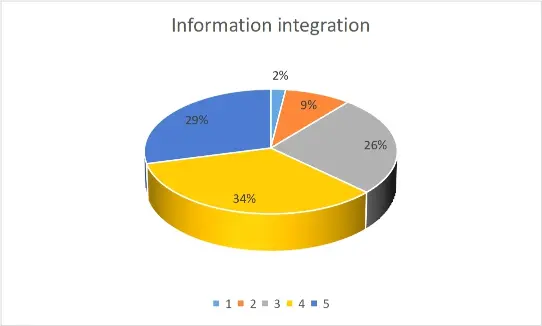
Figure 5 is a survey of comprehension learning and information integration
Analysis of Learning Ability in Cognitive Domain: In this dimension, comprehension learning ability only includes question 1 (you learn political science knowledge mainly through comprehension memory rather than rote memorization), and answer is not ideal, about 50% of students choose 3 (occasionally) and about 40% of students choose 4 (match), indicating that most students still prefer understanding-based learning, but ability of understanding learning is weak, indicating that students are more accepting of deep learning Teachers can guide students’ learning from this aspect (see Figure 5. Information integration ability only includes topic 6 (when learning new knowledge, you will actively establish connection between new and old knowledge, help understand new knowledge, and construct new knowledge system), combination of very consistent and consistent exceeds 50%, and occasionally consistent 26.18% of students were in same category. Although overall level of conformity was good, compared with item 1, students took initiative to establish connection between old and new knowledge, and ability to integrate information was relatively lacking (see Figure 6.
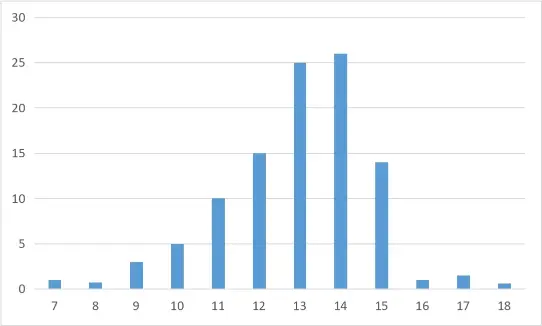
Critical thinking ability is an important performance of deep learning. The author uses 4 questions in questionnaire (question 11, you will be skeptical about some knowledge taught by teacher or some content in book; question 12, you can After learning political subject knowledge, use subject knowledge to dialectically analyze and view phenomena in real life; Topic 13, if you have questions about knowledge explained by teacher in class, you will immediately ask teacher to solve your doubts; Topic 15, you can dialectically view The strengths and weaknesses of others, learn strengths of others, avoid weaknesses of others, and promote self-growth) to investigate performance of students’ critical thinking, as shown in Figure 7, full score is 20 points, highest score is 18 points, but compliance level reaches 16 points to Only less than 3% of students scored 18 points, and most of students scored between 11 and 15 points, which are in middle level, and even about 9% of students scored less than 10 points in 4 questions, which shows that students are learning. Teachers need to take appropriate strategies to promote cultivation of students’ critical ability.
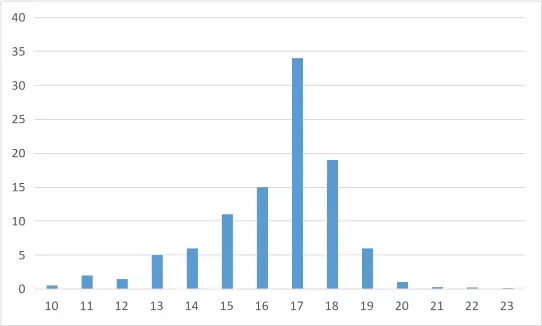
Knowledge transfer and problem-solving skills belong to high-level learning abilities. The author used 5 questions in questionnaire (topic 17, you can use political knowledge to analyze and solve practical problems in life; topic 18, you can use political knowledge to analyze and solve practical problems in life; , Understand and agree with our country’s system and culture, and actively participate in political life; Topic 19, you can use subject knowledge to dialectically analyze and look at phenomena in life after learning political subject knowledge, and make rational judgments; Topic 20, you will Use political subject knowledge to guide your own behavior in real life; topic 21, in real life, you will use political subject knowledge to actively participate in public life), these are descriptions of problems related to transfer and application of subject knowledge, such as As shown in Figure 8, full score is 25 points, highest score is 23 points, high score of 20 to 23 points only accounts for about 2%, most students are around pass line, and total score of 5 questions is 17 points, accounting for 33.82%. The ratio is most, indicating that basic students have more or less deficiencies in this learning ability, and students who are very inconsistent are less than 5%, indicating that students consciously actively transfer knowledge to solve problems, but students who meet and very meet do not agree. Teachers can mobilize learning enthusiasm of students who are concerned about improvement of high-level learning ability, and at same time focus on cultivating some students with weaker in-depth learning ability to improve their ability in this regard.
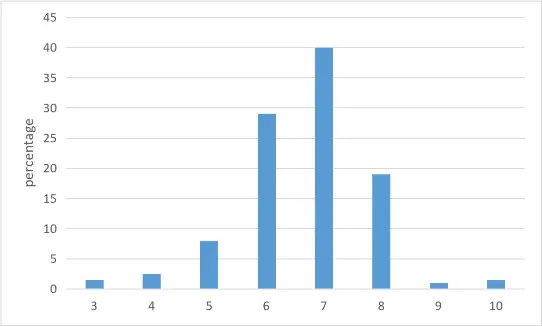

Figure 9 is an effective communication and collaboration ability survey
The performance of deep learning in interpersonal field: The author takes deep learning ability of “effective communication” and “collaboration ability” as representative ability of interpersonal field dimension. , you can also ask for help from others and listen to their opinions when encountering problems; topic 10, you can provide constructive and reasonable feedback to others in class group discussions), “collaboration ability” includes two topics (topic 7, you Like to cooperate with others to solve problems in study or life; Topic 9, you can successfully cooperate with others to complete tasks and solve problems). As shown in Figures 9 and 10, more than 80% of students are effective Communication and collaboration skills are above pass line, indicating that most of students have good interpersonal skills, but we also see that only about 20% of students have obtained a score of 8 (consistent) or above, and even 10% of students scored Below 6 points (inconsistent, very incompatible), it can be seen that there is a lot of room for improvement in cultivation of students’ interpersonal skills. Teachers should pay attention to adopting effective strategies to improve students’ interpersonal skills.

In-deep learning performance in self-domain: “Learning to learn”, “learning will” and “reflection and introspection” are important manifestations of deep learning in self-domain. The author sets effective questions for these three deep learning abilities to investigate students, among which “learning to learn”. “Including 5 topics (topic 3, you often take reading notes by underlining, marking keywords, making comments, etc.; topic 4, you are very good at taking initiative to use some study skills and strategies to complete learning tasks; topic 5, you are good at Use concept maps, mind maps, tables, etc. to organize or review knowledge; Topic 16, you will organize and reprocess your notes after class, and do relevant exercises to consolidate your knowledge; Topic 23, In life, do you like to watch current affairs News, concerned about national affairs, and understand implementation of national guidelines and policies), as shown in Figure 10, full score is 25 points, high score stage (20 points and above) only accounts for about 3%, and low score stage (below 15 points) accounts for only about 3%. ) only accounts for about 10%, and ability of most students to “learn to learn” is at an upper-middle level, indicating that most students can independently use some learning strategies to help complete teaching, and what learning strategies students will use to help students learn and teachers teach students Therefore, teachers guide students to use learning strategies such as mind maps and key words in teaching to improve learning efficiency and promote students’ in-depth learning.
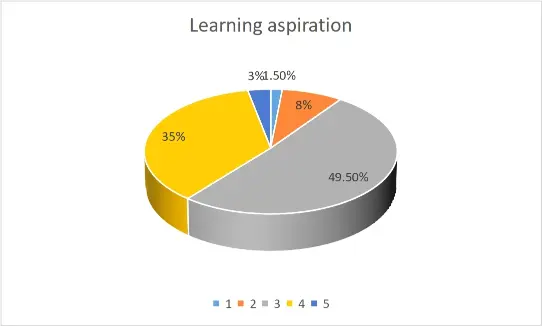

Figure 11 is a study of “learning mind” and “reflective introspection”
“Learning Ambition” and “Reflection and Introspection” both include 1 topic, which is topic 2 (in political studies, you often think and learn actively under guidance of teachers instead of passively completing learning tasks), topic 14 (can you Habitually reflect on their own learning and be able to avoid occurrence of same problem in following learning), as shown in Figures 11 and 12, full score is 5 points, and students who get 3 points (occasionally meet) should About half of students got 4 points (in compliance), accounting for 38.55% and 35.27% respectively, while students who were very in line (5 points) accounted for only 2.55% and 1.45% respectively. It can be seen that students are studying The performance of “learning aspiration” and “reflection and introspection” is not ideal, learning is relatively passive, and meta cognitive ability of reflection and introspection is poor, thus affecting learning effect of students. Therefore, teachers should take targeted measures to strengthen students’ learning Cultivation of Learning Ambition and Reflective Introspection Ability.


Figure 13 is a survey of “teaching atmosphere” and “classroom teaching methods”
We conducted a survey on students’ teaching strategies. The author tried to understand students’ views on teachers’ teaching strategies from two aspects: teaching atmosphere and classroom teaching methods. Among them, “teaching atmosphere” was only asked with one question, namely question 25 ( In political class, you prefer a democratic and harmonious classroom atmosphere, and do not like teacher’s tough indoctrination of knowledge points), “Classroom Teaching Method” includes two topics (topic 22, you think that teaching of political class should focus on students’ learning, fully Respect dominant position of students, rather than full teaching of teacher; Topic 24, in study of politics, you prefer teacher to explain subject knowledge in combination with news hot spots and life situations, rather than simply teaching knowledge points), as shown in Figure 14 and As shown in 15 [21], from perspective of teaching atmosphere, students prefer a democratic and harmonious teaching atmosphere. For classroom teaching methods, students prefer teachers to respect their own learning subject status and deal with teaching content in combination with life situations. Therefore, teachers should Respecting students’ opinions, adopting teaching strategies that students like and hearing, etc., can better promote students’ in-depth learning.
Compared with passive learning and shallow learning of mechanical memory, deep learning pays more attention to active learning motivation and critical understanding of knowledge, and emphasizes development of students’ higher-order thinking abilities such as information integration, knowledge transfer and creative problem solving. There are also problems such as insufficient teaching preparation, insufficient teaching implementation strategies, insufficient scientific teaching evaluation methods, and insufficient normalization of teaching reflection. In response to these problems, this paper, based on teaching of political subjects, combined with classroom observations in teaching practice, proposes a teaching strategy based on students’ deep learning, and applies it to teaching practice, which can improve level of students’ deep learning ability to 14.65%. The above are highly effective and feasible, and thus new methods and new models of college political teaching based on deep learning theory are obtained.
The research is supported by the Henan Province University Grassroots Party Building Innovation Project, Exploration and Reflection on the Innovation of Party Building Work in Private Universities, Project Number: 2016DJXM150.
The author declares no conflict of interests.
1970-2025 CP (Manitoba, Canada) unless otherwise stated.